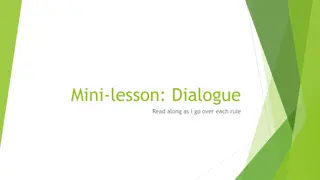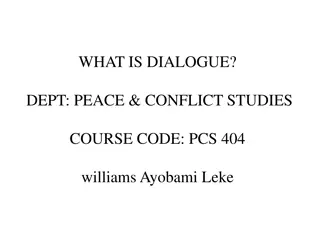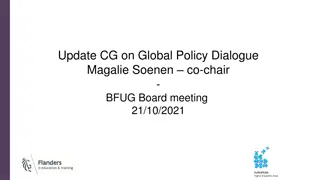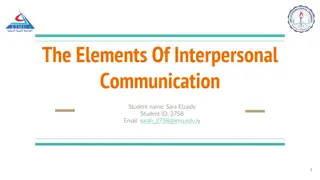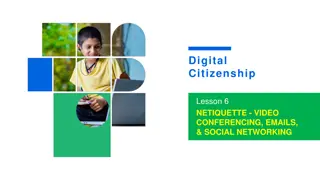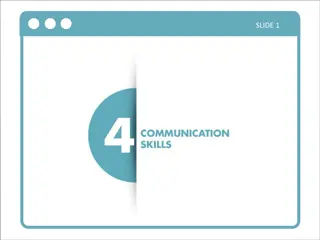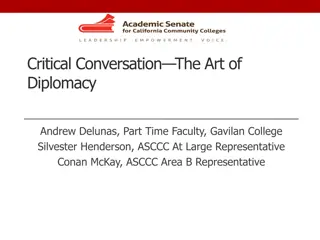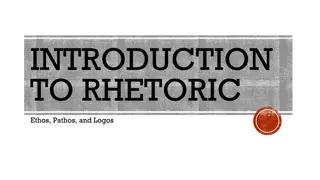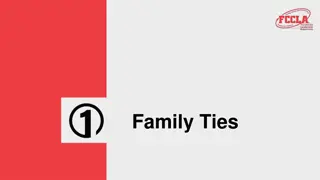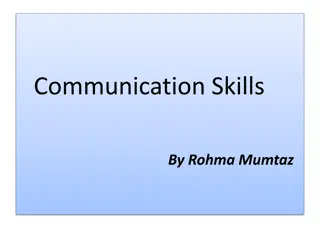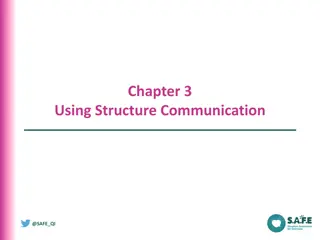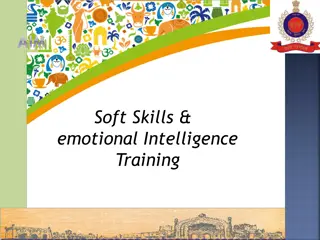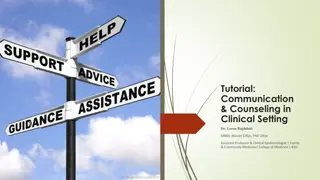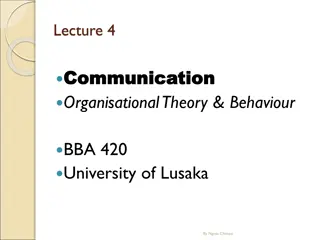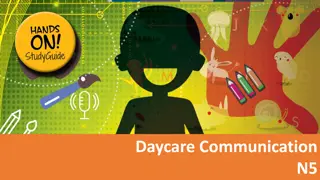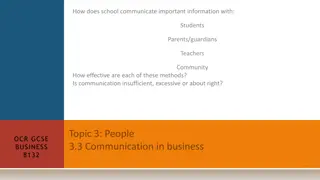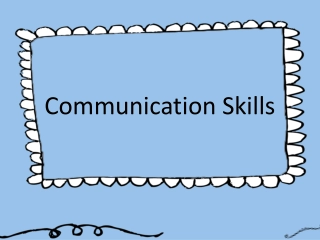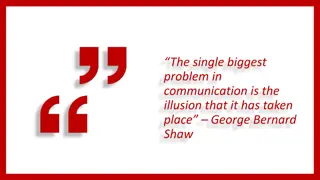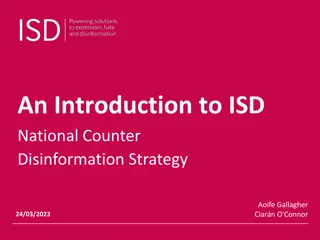Mastering Dialogue Skills: Effective Communication Strategies
Explore the nuances of engaging dialogues in English with the instructor, Nurzahan Bina, at Kushtia Polytechnic Institute. Discover the types of dialogues, learn about greetings, and understand the key components of creating a complete dialogue. Enhance your communication abilities, fluency in speaking, and confidence in using English through practical examples and valuable insights shared in the class.
Download Presentation

Please find below an Image/Link to download the presentation.
The content on the website is provided AS IS for your information and personal use only. It may not be sold, licensed, or shared on other websites without obtaining consent from the author. Download presentation by click this link. If you encounter any issues during the download, it is possible that the publisher has removed the file from their server.
E N D
Presentation Transcript
Welcome to the class on Dialogue Nurzahan Bina Instructor English Kushtia Polytechnic institute
Objectives Students will be able to make communication Will be fluent in speaking Will be confident in using English
What is Dialogue? Dialogue is the conversation between two persons. Or Conversation with more persons .
Types of Dialogue Dialogue is of two types 1) Formal Dialogue 2) Informal Dialogue Formal dialogue is with respectable and unknown person . For example. Teacher, parents, doctor, driver, rickshaw puller, shopkeeper etc. Informal Dialogue is with very much known same aged persons or with friends. Examples .
To make a dialogue first we need to learn about greetings. Greeting is a word or phrases that is used at the time of introduction or farewell . There are various types of greetings occasional greetings, situational ,seasonal etc. But here we will use another two types of greeting that is formal and informal greeting. Formal greeting for formal dialogue and informal greeting for informal dialogue.
To make a complete Dialogue we, five parts are needed to keep in our mind . Introductory greetings, Asking, Answering, Comments and Farewell greetings
Examples Write a dialogue between student and teacher on asking about how can a student do well in the examination. Make a dialogue between two friends on how they will pass their coming vacation.


